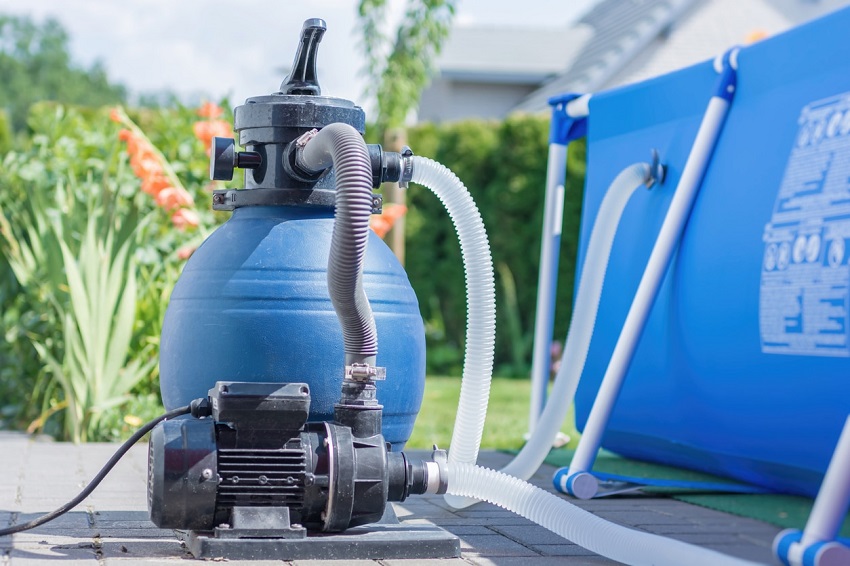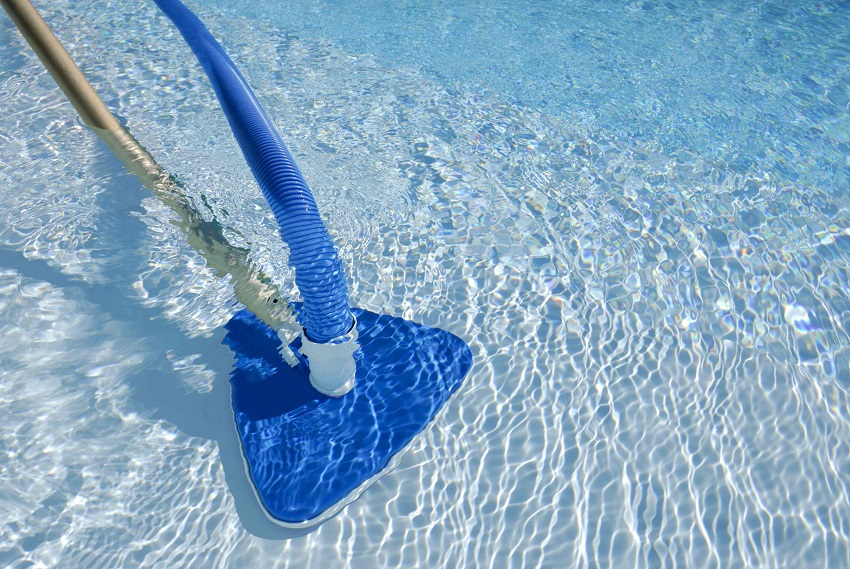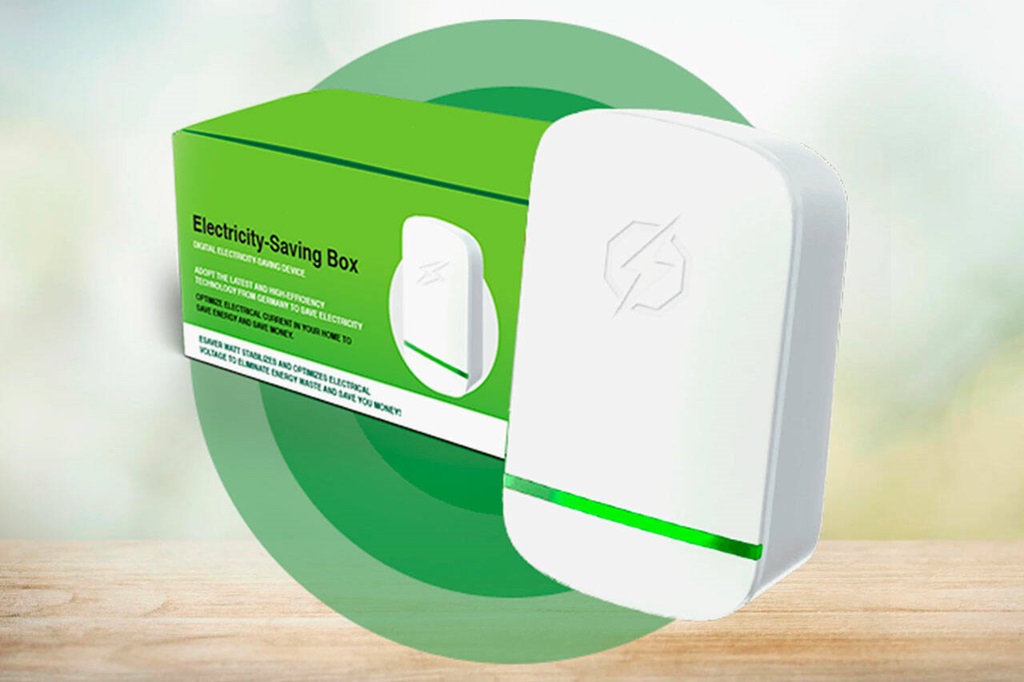Swimming pools are a great source of relaxation and enjoyment, especially during the hot summer months. However, regular maintenance is essential to ensure that your pool remains clean and safe for swimming. Backwashing is a crucial aspect of pool maintenance, which helps keep the pool water clean and the filtration system working efficiently. In this article, we will provide a detailed guide on how to backwash a pool.
Maintaining a clean and clear swimming pool is vital for the health and enjoyment of swimmers. The pool filter plays a significant role in removing dirt, debris, and contaminants from the water. Over time, the filter accumulates these particles, causing a decrease in its efficiency. Backwashing is cleaning the filter by reversing the water flow to flush out the trapped debris and contaminants.
What is Backwashing?
Backwashing is commonly used in pool maintenance to clean the filter and restore its optimal performance. It involves reversing the water flow through the filter, dislodging the accumulated debris, and flushing it out of the system. This helps to maintain proper water circulation and prevent clogging, ensuring the pool water remains clean and clear.
When to Backwash a Pool?
Determining when to backwash a pool depends on various factors, including the size of the pool, the frequency of use, and the presence of debris. As a general guideline, it is recommended to backwash the pool when the pressure gauge on the filter reaches 8-10 pounds per square inch (psi) above the normal operating pressure.
Step-by-Step Guide on How to Backwash a Pool
Gathering the necessary equipment
Before you begin the backwashing process, gather all the necessary equipment. You will need a pool backwash hose, a pool skimmer net, and the manufacturer’s instructions for your specific pool filter and multiport valve.
Shutting off the pool pump
To ensure your safety and prevent any damage to the system, start by shutting off the pool pump. This can usually be done by flipping the switch on the pump or by turning off the circuit breaker.
Setting the multiport valve to the “Backwash” position
Locate the multiport valve on your pool filter system. This valve allows you to control the flow of water through the filter. Rotate the handle of the multiport valve to the “Backwash” position.
Starting the backwashing process
Attach one end of the pool backwash hose to the waste port on the multiport valve. Extend the other end of the hose to an appropriate draining area, ensuring that the water will not flow back into the pool or any nearby water sources. Start the backwashing process by turning the pool pump back on.
Monitoring the backwash process
Monitor the water being discharged through the backwash hose. Initially, the water may appear cloudy or dirty as it flushes out the accumulated debris. Continue the backwashing process until the water appears clear and clean.
Rinsing the filter
Once the backwash process is complete, it is essential to rinse the filter to remove any remaining debris. To do this, turn the multiport valve to the “Rinse” position. Allow the water to flow through the filter for approximately 30 seconds to one minute.
Returning the multiport valve to its original position
After rinsing the filter, return the multiport valve to its original position, typically labeled as “Filter” or “Normal.” This will allow the water to flow through the filter normally, ensuring proper filtration.
Turning the pool pump back on
Finally, turn the pool pump back on and check for any leaks or abnormalities in the system. Monitor the pressure gauge to ensure it returns to the normal operating range.
Maintenance Tips for Pool Backwashing
To maintain a clean and well-functioning pool filtration system, consider the following maintenance tips:
- Establish a regular backwashing schedule based on the manufacturer’s recommendations and the pool’s usage.
- Inspect the pool filter regularly for signs of wear or damage and replace it if necessary.
- Clean the pool skimmer and pump baskets regularly to prevent debris from clogging the system.
- Monitor the water chemistry regularly and adjust the pool chemicals as needed to maintain proper balance.
Benefits of Backwashing a Pool
Regularly backwashing your pool offers several benefits:
- Improved water circulation: Backwashing helps maintain proper water flow, ensuring that all pool areas receive adequate filtration.
- Removal of debris and contaminants: Backwashing flushes out trapped dirt, debris, leaves, and other contaminants, keeping the pool water clean and clear.
- Increased efficiency of the filtration system: By cleaning the filter, backwashing helps the filtration system operate at its optimal capacity, improving its overall efficiency.
Conclusion
Backwashing is essential to maintenance, ensuring clean and safe swimming conditions. Following this article’s step-by-step guide, you can effectively backwash your pool and maintain a healthy swimming environment. Remember to adhere to regular maintenance schedules and monitor the system for any signs of malfunction.





